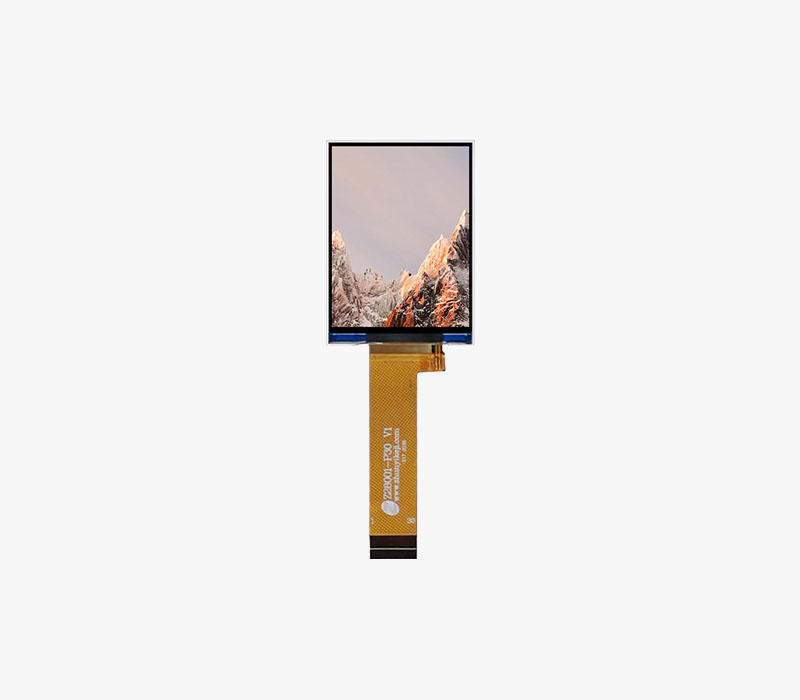




Ultra - high - definition (UHD) display screens, often referred to as 4K or even 8K displays, have redefined the visual experience across various applications. With a resolution of 3840×2160 pixels for 4K and 7680×4320 pixels for 8K, these screens offer an incredibly detailed and immersive viewing experience.
The high pixel density of UHD screens means that images, videos, and text appear extremely sharp and clear. In the realm of entertainment, 4K and 8K TVs have become increasingly popular. When watching movies or TV shows, viewers can notice every fine detail, from the texture of an actor's clothing to the individual blades of grass in a scenic landscape. This enhanced visual quality makes the viewing experience more engaging and realistic.
For professional applications, such as graphic design, video editing, and gaming, UHD displays are indispensable. Graphic designers can work with precision, seeing every minute detail of their designs. Video editors can accurately color - correct and edit footage with the high - resolution display, ensuring the final product meets the highest quality standards. Gamers, on the other hand, are treated to a more immersive gaming world. The detailed graphics and smooth visuals provided by UHD screens make games more exciting, allowing players to spot enemies and details that might be missed on lower - resolution displays.
Technologically, UHD screens utilize advanced panel technologies such as OLED (Organic Light - Emitting Diode) and QLED (Quantum Dot Light - Emitting Diode). OLED offers self - emissive pixels, enabling perfect black levels and high contrast ratios. QLED, on the other hand, uses quantum dots to enhance color accuracy and brightness. These technologies, combined with high refresh rates (such as 120Hz or even 240Hz in some gaming - oriented UHD screens), ensure smooth motion and reduce blur, further enhancing the overall visual experience.
However, UHD screens also come with challenges. They require more powerful hardware to drive the high - resolution content, especially in gaming and video editing scenarios. Additionally, the availability of native 4K and 8K content is still limited compared to standard - definition or full - HD content, although this is gradually improving as more content creators and streaming platforms embrace the technology.
